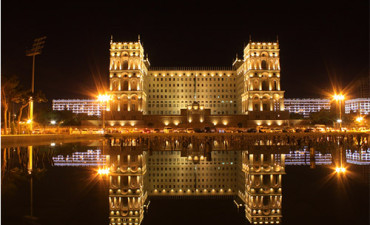Historic mosque in Shamakha city
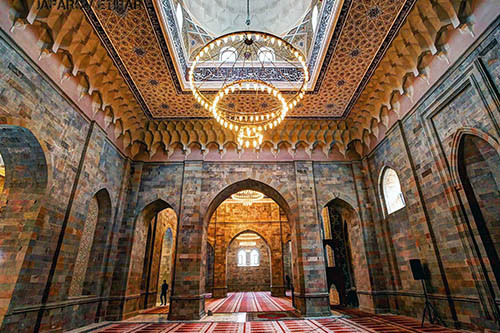
Traveling in Azerbaijan would be incomplete without visiting the Shemakhi city – the ancient capital of the country. Many foreigners are surprised to learn that Baku hasn’t always been the historical center of our region. In fact, there’s a mosque in Shamakha City that’s been around for over a thousand years! Shamakhi tour is impossible to imagine without a visit to the central Cathedral Mosque – one of the most iconic places in our Motherland in religious and historical terms. Tour operator Azerbaijan Travel International offers this opportunity to guests of our country.
Currently there is a disagreement among historians. Some of them consider it the first Muslim temple built on the territory of Transcaucasia, the Caucasus … and indeed in the territory of the modern CIS. Others consider it second after the historic mosque in Derbent. But history is an inaccurate science, to argue about it is a difficult and sometimes ungrateful business, so everyone chooses for himself. Moreover, in this case, Azerbaijanis have nothing to lose at all, because, despite the fact that the city of Derbent is now located on the territory of the Russian Federation, it is rightfully considered to be an Azerbaijani city. And choosing which mosque to consider the first – Derbent or Shemakha, Azerbaijanis choose between two Azerbaijani cities.
Before the Arabs brought Islam to the Caucuses, the previous inhabitants were Christians, Jews, Zoroastrians, and even Hindus. These people weren’t forced into converting to Islam because the Arabs were very democratic upon their arrival. Asn alternative ideology was given to the people.
The word “Shamakhi” in Azerbaijani sounds like “Shamakhi”. In this pronunciation, perhaps the root of the etymology of the name of the city lies. Most of the visiting Arabs were natives of Northern Arabia, a place called Sham. Now on the lands of Sham are located the territories of such countries as Syria, Jordan, Israel, Palestine. And until now, many Arabs call the city of Damascus the word “Sham.” The word “ahy” is translated from Arabic as “my brother.” And there is a version that it was from these two words that the name of the city of Shamakhi came – “My brother from Sham.” If you follow this, then it becomes clear the kind attitude of the local population of that time to the new settlers.
One of the foundations of the religion of Islam is to attract new adherents to the fold of religion. The holy book of Muslims, the Qur’an, even describes the method that believers should use to draw people’s attention to the new religion. “Call on the way of the Lord with wisdom and good exhortation” is said in verse 125 of sura 16, and not in it alone. Locals liked the Arabs with their courtesy, and their good location attracted the Azerbaijanis of that time in Islam for a rather short period of time. Already in the first decades of its stay in our lands, Islam became the titular religion here. There were fewer Zoroastrians, Christians, and Hindus; more and more people became Muslims.
A feature of all religions is a common gathering place for all adherents. Churches, synagogues, mosques … Shamakhi needed a large mosque so that those who believed in Allah and his envoy Muhammad could come together. And in 743 such a mosque was built. Translated from Arabic, “juma” – is translated as “collection”, or as “Friday”, the day of the week on which Muslims are ordered to collect for the joint remembrance of Allah. So, the mosque in Shamakhi got its simple and simple name “Juma Mosque”, which means “Cathedral Mosque”.
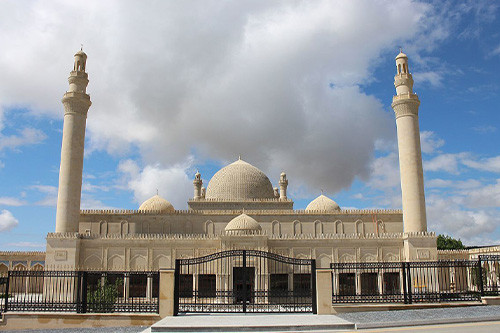
The powerful walls of the mosque were built for centuries ahead. Fortified with boxwood beams made of iron wood, they were designed to serve as a support and protection against any possible damage, both from natural and from the influence of a negative human factor. And as history has shown, this was justified – more than once the walls of the mosque withstood the effects of earthquakes and artillery shootings. 1607, 1669, 1859, 1902 – the years when Shamakhi city suffered tremors. The years when the whole city was almost destroyed, and the walls of the mosque, thanks to their competent design, remained standing. Even in 1859, the year when an earthquake of such magnitude occurred in Shamakhi that almost the entire city was wiped off from the earth and the capital was finally moved to Baku, the walls of the mosque survived and survived. The persistence of Shamakhi Cathedral Mosque instilled confidence in the hearts of believers in the truth of the Muslim religion – as if Allah himself kept this temple and its walls were stronger than nature itself.
The Juma mosque complex, while retaining the importance of a compositional center, with its volume and silhouette has always stood out among the cult and civil buildings of Azerbaijan due to its correlation with the early monuments of Islamic architecture.
Even the Friday Mosque of Shamakhi city passed the biggest test that fate alone is capable of – the test of oblivion. In 1918, after the attack of the Armenian nationalist Dashnaks on the city, the mosque was subjected to shelling and fire. After the fire, it remained what is called homeless for almost a hundred years. But in 2013, at the initiative of the leadership of Azerbaijan Republic, Juma Mosque in Shamakhi was restored. In addition, it became a certain sign, a symbol. And a symbol of what … this can be heard from the story of the guides of Azerbaijan Travel International http://ati.az/, whose guides are one of the best guides in Azerbaijan.
Tags: Azerbaijan , Jews , Christians , Arabs , Mosque , Zoroastrians , Quran , Armenian nationalists , Shamakhi City , Juma Mosque
Recent Posts
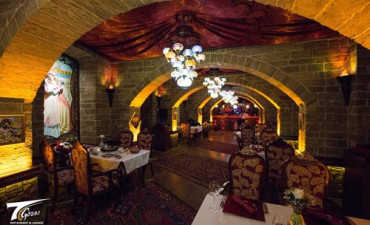
Buy any tour and get 15 percent discount in Baku restaurants
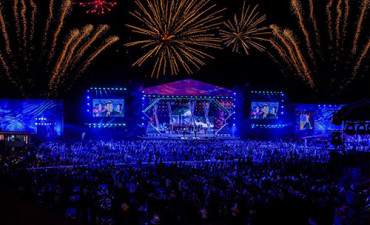
Festivals In Azerbaijan
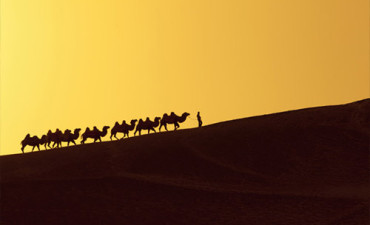
Great Silk Road In Azerbaijan
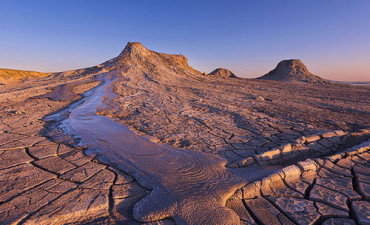
Guide to outdoor activities
